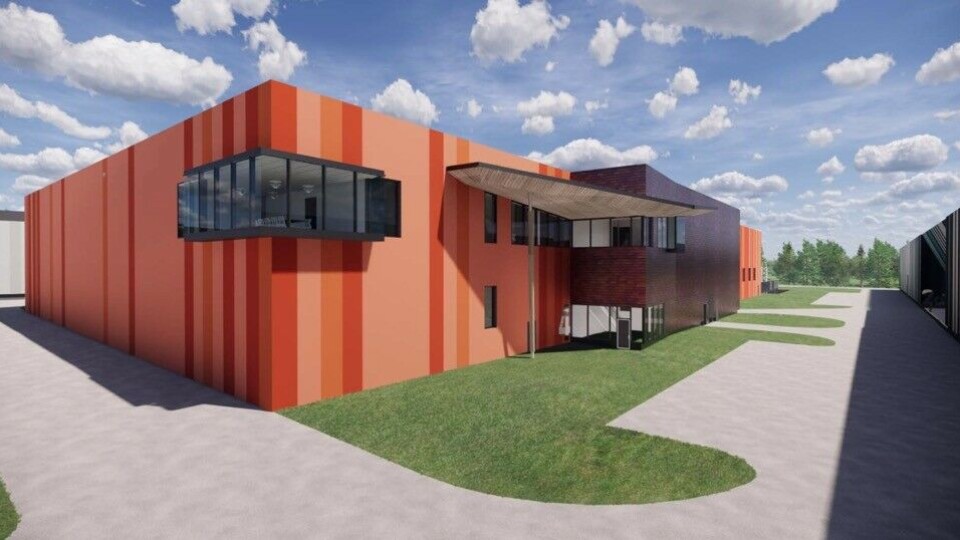
We won’t have large carbon footprint, insists RAS farmer
Nordic Aquafarms (NAF), which is intending to build an on-land salmon farm in the town of Belfast in Maine on the east coast of the United States, has rebutted claims that land-based seafood farms will render the state unable to reach stated carbon emission targets.
NAF said the claim by a group opposed to land-based aquaculture in Maine was based on incomplete and misleading information.
The company said the carbon footprint of its product would be almost one third of that of salmon airfreighted from abroad.
‘Carbon reversal’
“Local catch has the lowest carbon profile, but supply is not even close to meeting demand in the US. Thus, carbon reversal is achieved by displacing airfreighted products,” said NAF in a press release.
The company said a Chinese study referenced by the opponents and their own assumptions “are not valid for land-based production in Maine and for the proposed Nordic Aquafarms (NAF) facility”.
NAF said the Chinese study has:
- Much higher carbon footprint per kwh due to energy mix with a high share of coal
- Much higher energy use per pound of fish than NAF has in Maine
- Much longer transport distances for eggs and feed in China
- Much higher feed factor than is best practice today for recirculating aquaculture systems (RAS)
- A life-time assumption for the facility that is much lower than modern RAS facilities today
The company also said opponents wrongly assumed NAF would be using 900,000 gallons of diesel annually.
“Permit applications are made out to account for severe worst-case natural incidents, and expected annual usage is less 150,000 gallons per year. NAF also plans to use biofuel from Maine to reduce emissions,” said the company.
Own modelling
“NAF is proud to provide carbon reversing food systems for the US, in line with the many environmental benefits of land-based aquaculture farms,” said exeutive vice president (commercial) Marianne Naess.
“Local opposition in Maine is making claims of much higher carbon footprints. Nordic Aquafarms is, however, aware of available scientific studies out there and have also done our own modelling. Our modelling results are consistent with publications from the reputable environmental research institutions Conservation Fund and SINTEF.”
NAF said arguments had also been made that it is wrong to remove forest from its site but pointed out the forest is considered low grade and is regularly logged.
‘Not responsible’
It added that if green field developments are to be limited, it is reasonable to assess all existing land-use in terms of food yield, jobs, and economic development, and that the proposed farm provides higher yields, more jobs, and more economic development effects per acre than almost any food production in Maine.
“Local opposition has at the same time proposed an alternative site that would involve even more removal of forest. This is not responsible environmentalism,” said Naess.
“The local opposition is vastly overstating the carbon footprint from land-based seafood in Maine based on faulty assumptions and misleading conclusions. On the contrary, Nordic Aquafarms’ proposed facility illustrates that Maine is in a position to provide much more carbon efficient conditions for land-based aquaculture than many other locations.”
NAF’s comparison of its own figures with a Chinese study referenced by opponents is shown below.























































